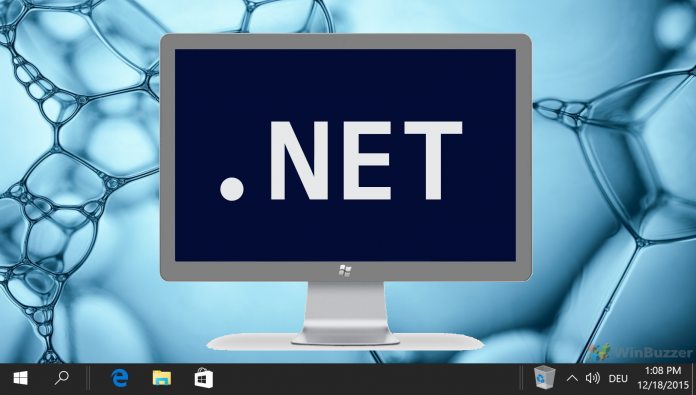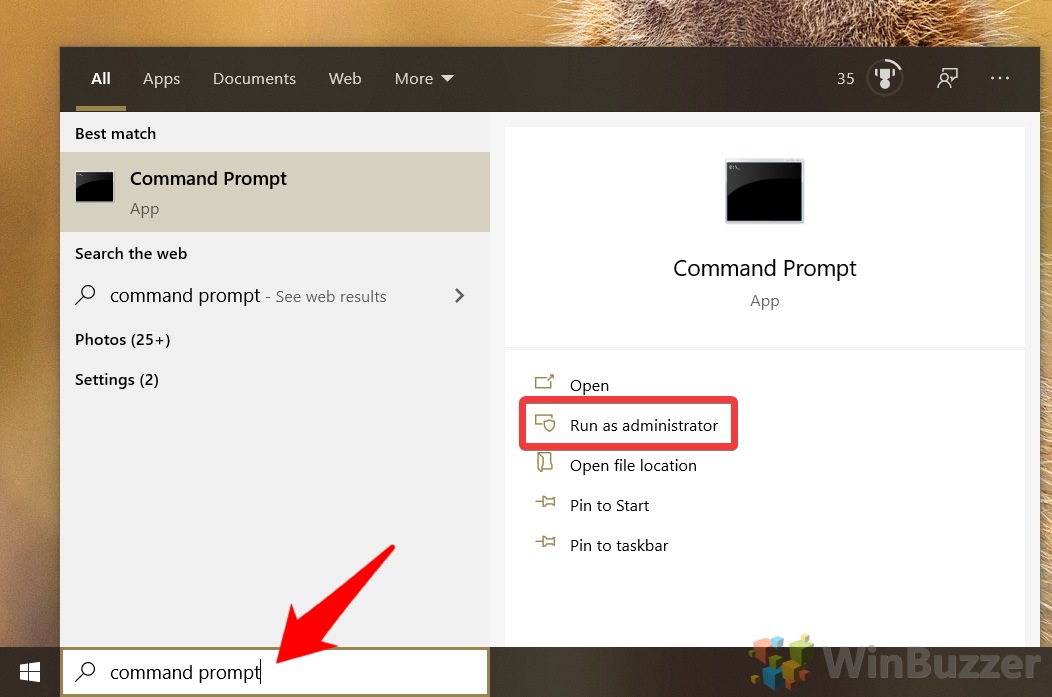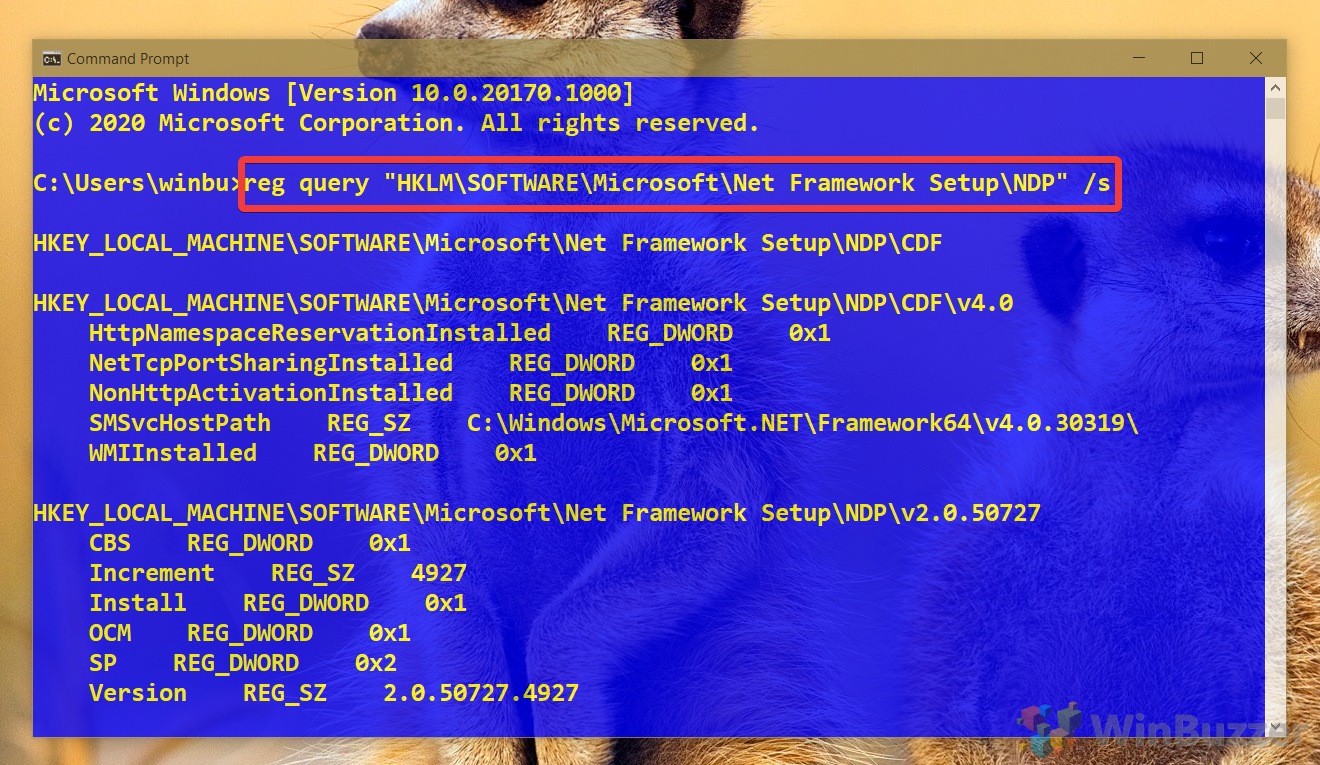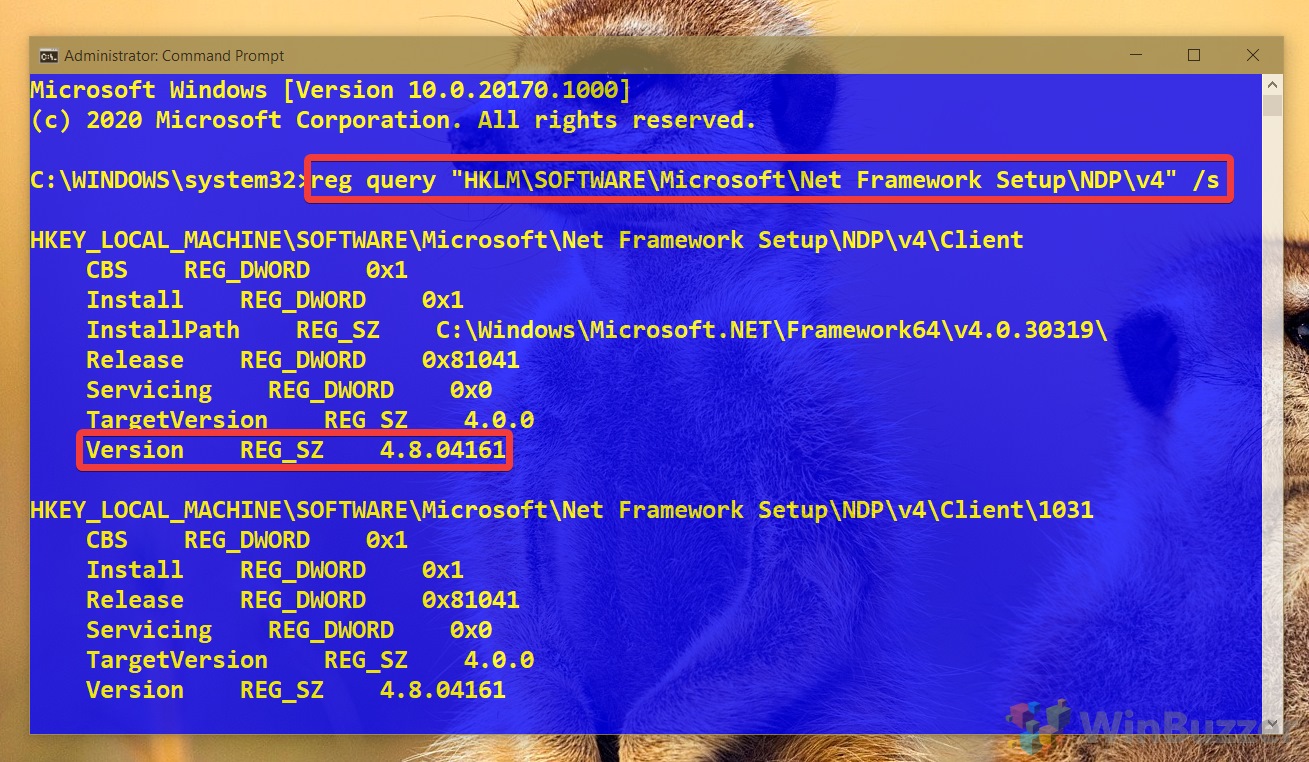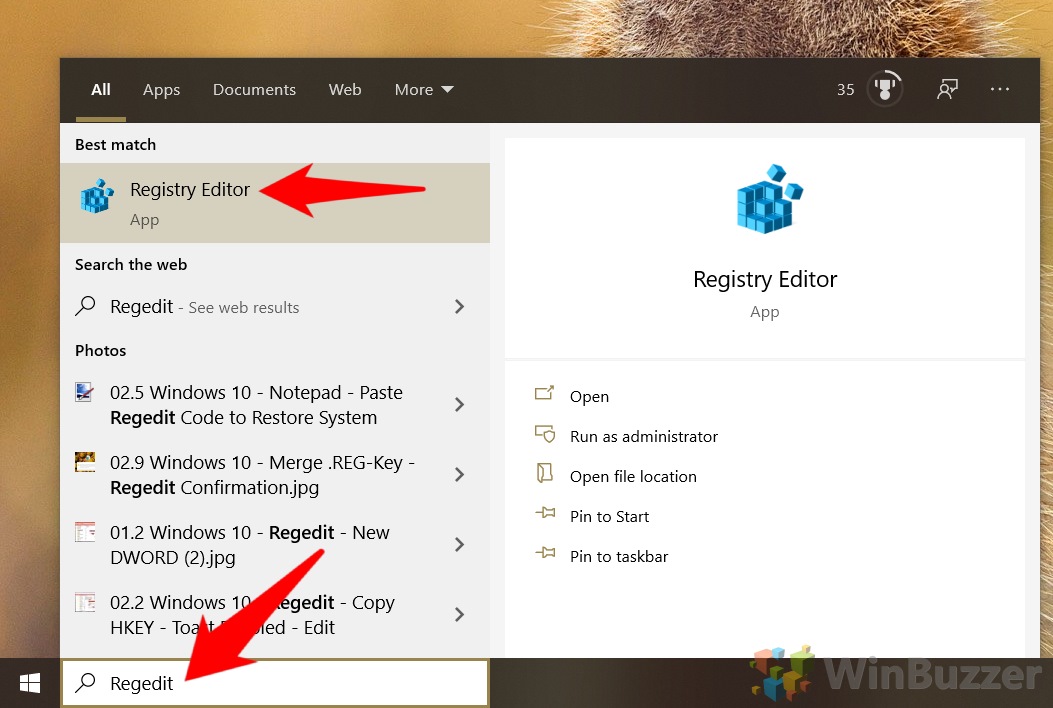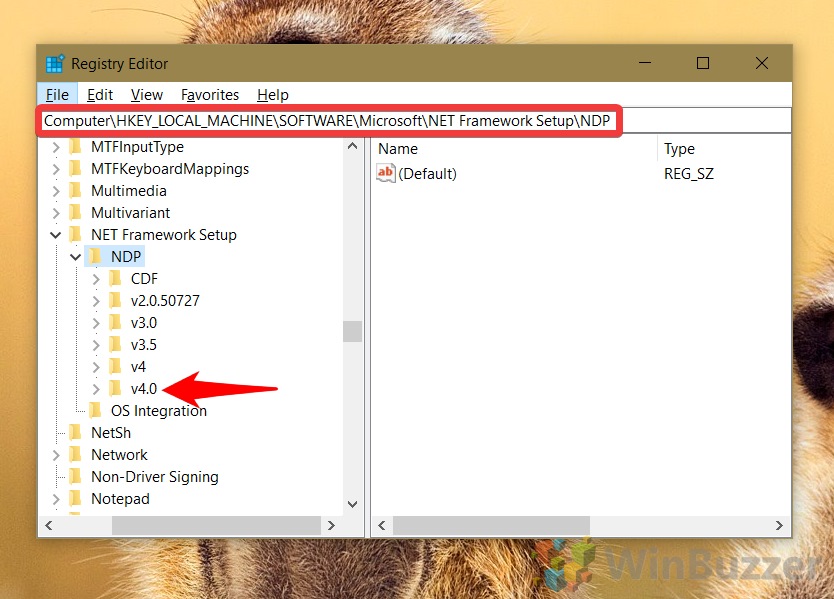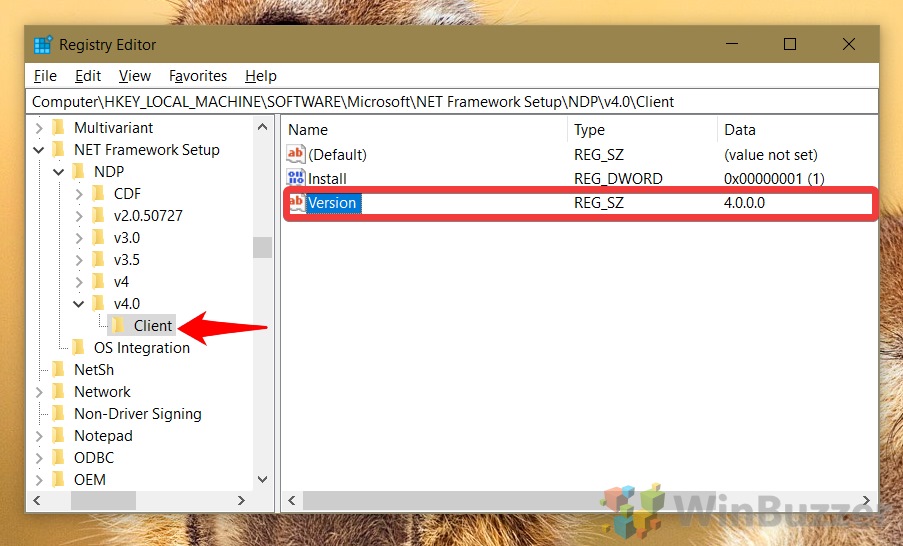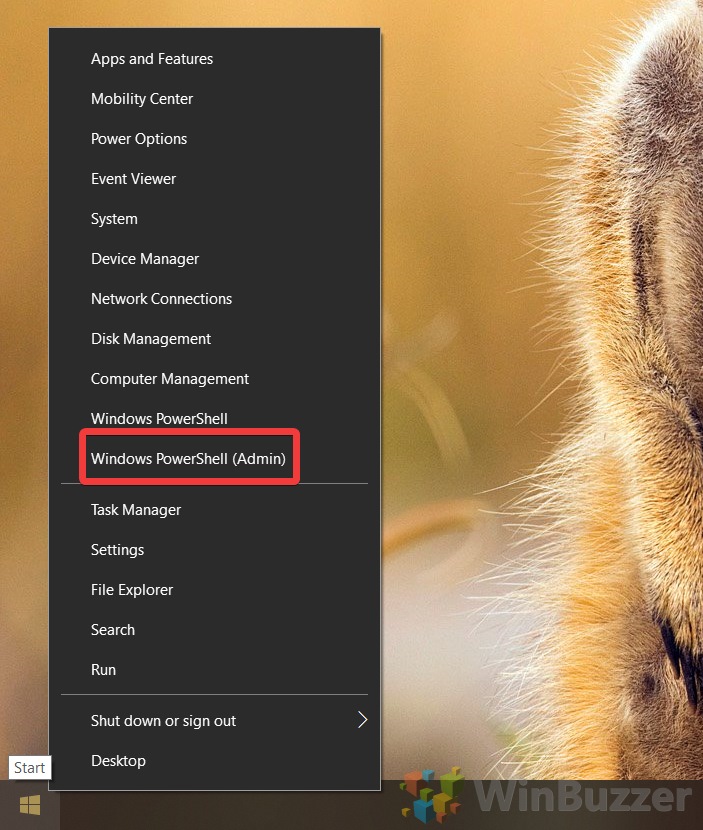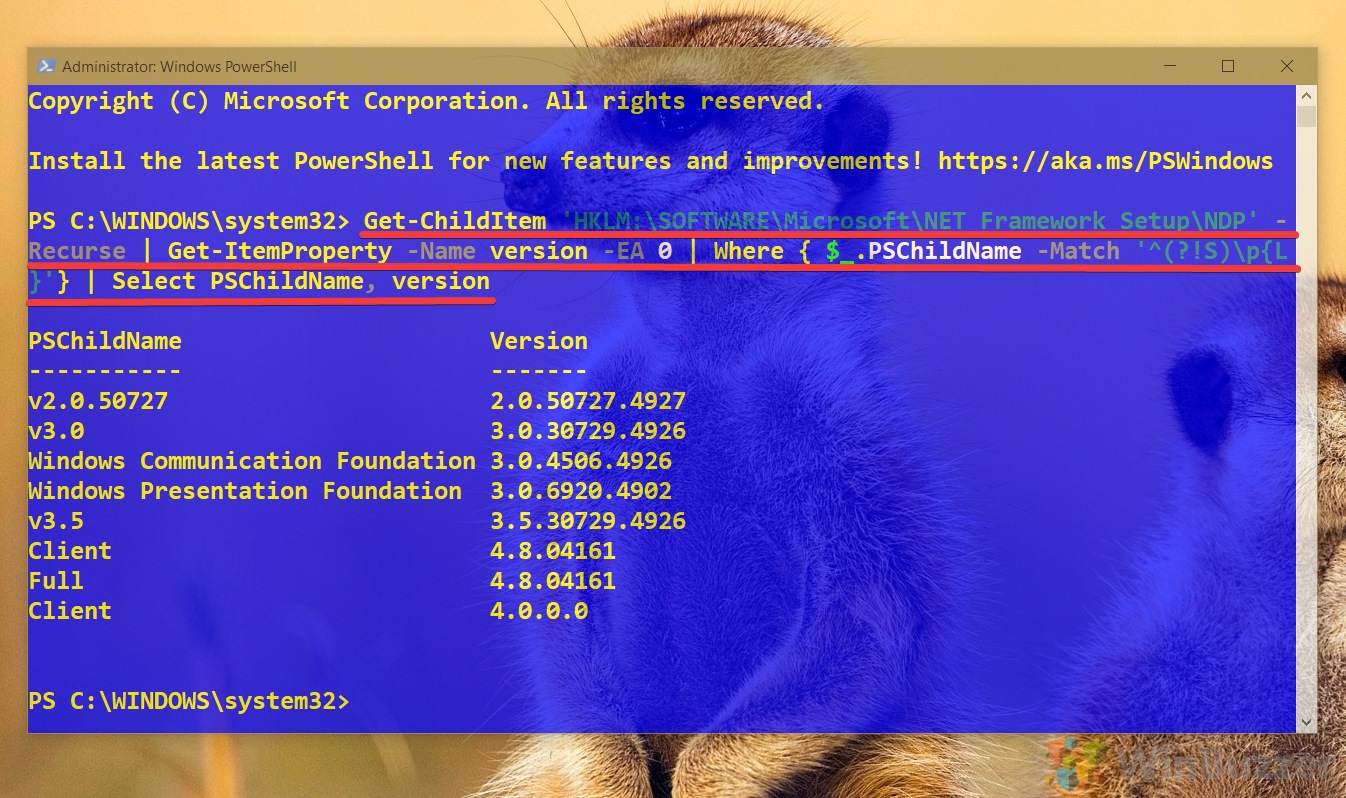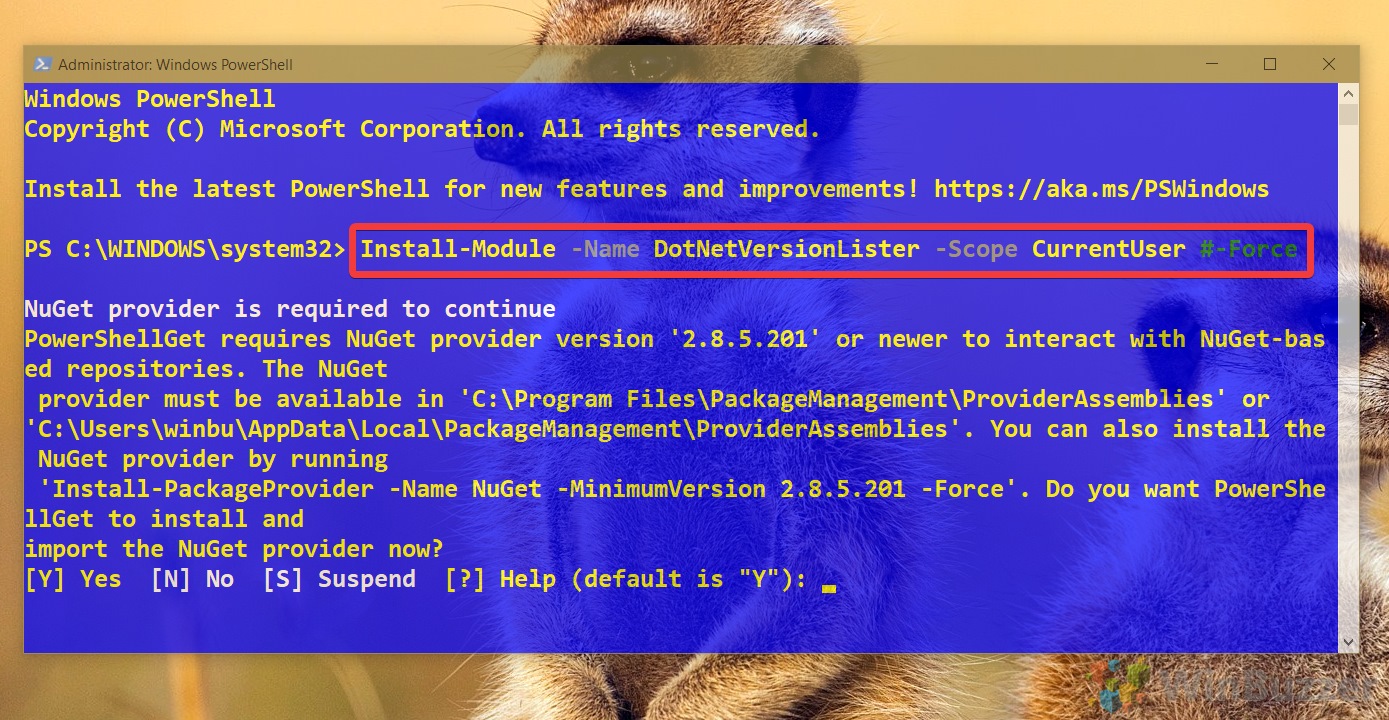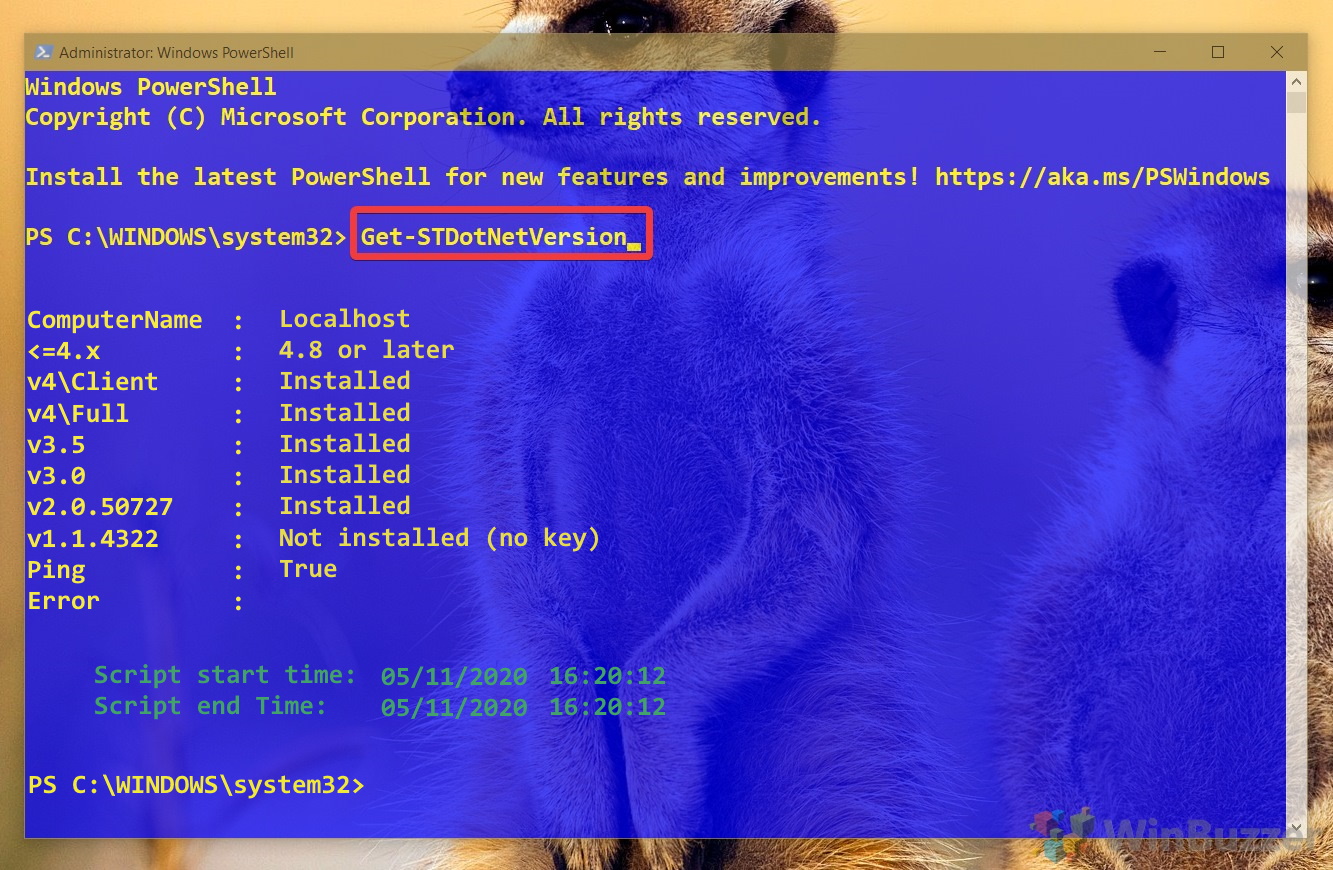1 How to check .NET Framework versions with Command Prompt2 How to find .NET Framework version in the Registry Editor3 How to check .NET Framework version with PowerShell
How to check which .NET Framework version is installed Unfortunately, as you may have noticed, however, the process to do so isn’t particularly intuitive. There’s no “version” button to click, as .NET isn’t an application, and it won’t show up in your Apps & Features menu.Instead, you’ll have to use the command-line or registry to check what version of .NET you have. While this can be intimidating for those who aren’t familiar with those tools, the upside is that it only takes a few seconds once you know. To close that gap, today we’re going to show you how to check your .NET framework version with Command Prompt, PowerShell, and the Registry Editor. I’m sure you’re eager to get on, so let’s get started:
How to check .NET Framework versions with Command Prompt
How to find .NET Framework version in the Registry Editor
How to check .NET Framework version with PowerShell
That’s it for this tutorial, but while you’re here you may want to check out how to enable PowerShell scripts in Windows 10 or how to use it to find your system specs. Press Enter to run the command and you’ll be a version number next to your registry entry, in our case “v4.0”. You’ll see the full version number next to the “Version” field of the registry key. You can then check this against the latest .NET Framework version by heading to this documentation page. In the sidebar under the “NDP” key, you’ll see the various versions you have installed. Click the main version key, in our case v4 or v4.0. PowerShell will return a list of .NET versions. It gets the job done, but as you can see the readout is a bit confusing and the command very complex and unmemorable. You can continue to the next steps for a more intuitive method. Press Y and then Enter to install it. You’ll notice that the output is also clearer – you’ll get the latest version and a list of each other version that’s installed or non installed on your system.
